Can implementing quick wins really unleash the true potential of your data?
It is widely recognised that data is crucial for businesses. However, many companies need help to unlock their full potential.
The question arises, what steps can be taken to understand and harness the full potential of your data? As Justin Tan explains in his excellent article, “The greater the complexity of organisational needs, the more imperative it becomes to have a structured and comprehensive framework and approach in place.” 🙌
This Week’s Top Reads:
Top six data and AI skills in demand for 2023
Data science is a field that continues to grow at pace in 2023.
As organisations across industries increasingly seek to harness and operationalise the data they hold, those with data science skills will continue to be in high demand.
With this in mind, data scientists must continue to develop their skills to ensure their purchase in an increasingly competitive job market.
With so much opportunity out there, data scientists must be able to stand out with the skills that will benefit organisations most in the year ahead. Here are six skills to keep in mind.
1. Try a data-centric approach
For organisations seeking to increase efficiency with data, there is an emerging trend of moving from a model-centric to a data-centric approach. A model-centric approach improves model performance by altering the code and the model’s architecture.
To pause or to push on: The AI dilemma that will shape our digital future
Are we running ahead too fast in AI?
Sometimes it feels like the world turns very slowly. Then, suddenly there is a major shift that has immediate impact and changes our view of the world in fundamental ways. For many people, that is what we have experienced over the past few months.
The release of Open AI’s ChatGPT in November 2022, swiftly followed by Google’s Bard and others, a distant view of an AI-driven world suddenly seems much, much closer. Based on Large Language Models (LLMs) such as GPT-4 with billions of parameters, these readily accessible tools have sparked a flurry of applications that make use of neural networks to generate text and images for a wide set of situations.
Supported by an easy to use interface, well-crafted APIs, and a low (or free) cost model, it is not surprising that they attracted a million users in only 5 days. Consequently, it is impossible to visit a news website, open a journal, or attend a conference without hearing about yet another way that ChatGPT will change the way we work today. While only a few months old, a Statistica survey estimates that over 40% of the adult US population is already aware of ChatGPT.
How to combine offline and online ideation
The idea creation process can be complex and time-consuming and requires significant effort from both idea managers and their colleagues.
Ideas can emerge anywhere: at meetings, through informal conversations, during hackathons, and, in the digital space, via emails, notes, or calls. But how do you combine online (digital) and offline (in-person) ideation and organize ideas in a single centralized space to ensure that you don’t lose any of them, no matter where they originate?
Here, we review the different approaches to idea generation, both online and offline, to help you maximize the impact of your company’s idea creation process. Let’s dive in!
This blog post provides key takeaways from the webinar “How to Combine Online and Offline Ideation Most Effectively”.
Decentralized AI: The Future of Artificial Intelligence
Decentralized AI has the potential to revolutionize the way we develop and use AI.
Artificial Intelligence (AI) is transforming the way we live and work, from autonomous cars to virtual assistants. However, AI is currently controlled by a few large companies, raising concerns about privacy, security, and bias. Decentralized AI could be the solution to these challenges, empowering individuals and communities to take control of their data and algorithms.
What is Decentralized AI?
Decentralized AI is a distributed system that enables multiple nodes (e.g., computers or devices) to collaborate on a common task without relying on a central authority. This means that data and algorithms are shared among nodes, and decisions are made collectively. Decentralized AI can be applied to various domains, such as healthcare, finance, and education, where privacy, security, and transparency are critical.
What Are Adversarial Attacks in Machine Learning and How Can We Fight Them?
You might’ve heard of adversarial attacks in relation to artificial intelligence and machine learning, but what are they? What are their aims?
Technology often means our lives are more convenient and secure. At the same time, however, such advances have unlocked more sophisticated ways for cybercriminals to attack us and corrupt our security systems, making them powerless.
Artificial intelligence (AI) can be utilized by cybersecurity professionals and cybercriminals alike; similarly, machine learning (ML) systems can be used for both good and evil. This lack of moral compass has made adversarial attacks in ML a growing challenge. So what actually are adversarial attacks? What are their purpose? And how can you protect against them?
What Are Adversarial Attacks in Machine Learning?
Adversarial ML or adversarial attacks are cyberattacks that aim to trick an ML model with malicious input and thus lead to lower accuracy and poor performance. So, despite its name, adversarial ML is not a type of machine learning but a variety of techniques that cybercriminals—aka adversaries—use to target ML systems.
Article by Justin Tan
Are you adrift in a sea of data, yet find yourself struggling to extract meaningful or actionable insights?
Perhaps it’s time to reconsider your approach. In this blog post, we’ll explore five simple and practical steps that you can take to help you unlock the full potential of your data and empower your team and organisation with meaningful insights.
Quick Win #1: Develop clear hypotheses to guide your efforts
According to Forbes, a staggering 90% of the world’s data was generated in the last two years alone. With the increasingly overwhelming amounts of data available to us, it is easy, or rather inevitable, that we sometimes lose ourselves in the torrent of information.
Very often we end up “boiling the ocean” and wasting much of our efforts. It is therefore critical to ensure that you have clear hypotheses in mind before diving into the data. This will allow you to focus on the 20% of factors that are most likely driving 80% of your organisation’s value, promoting a more efficient and targeted analysis.
THE DIGITAL EYE
I hope these articles are valuable.
I am passionate about technology, and I want to share that passion with you. I believe that it’s essential for everyone to stay up-to-date on the latest trends, so I’ve set out to cover all aspects of the industry – from data analytics to blockchain and AI.
Please let me know if you want to see any other topics covered, and I would appreciate your help sharing this blog with others interested.



